Archives
- 2025-11
- 2025-10
- 2025-09
- 2025-04
- 2025-03
- 2025-02
- 2025-01
- 2024-12
- 2024-11
- 2024-10
- 2024-09
- 2024-08
- 2024-07
- 2024-06
- 2024-05
- 2024-04
- 2024-03
- 2024-02
- 2024-01
- 2023-12
- 2023-11
- 2023-10
- 2023-09
- 2023-08
- 2023-06
- 2023-05
- 2023-04
- 2023-03
- 2023-02
- 2023-01
- 2022-12
- 2022-11
- 2022-10
- 2022-09
- 2022-08
- 2022-07
- 2022-06
- 2022-05
- 2022-04
- 2022-03
- 2022-02
- 2022-01
- 2021-12
- 2021-11
- 2021-10
- 2021-09
- 2021-08
- 2021-07
- 2021-06
- 2021-05
- 2021-04
- 2021-03
- 2021-02
- 2021-01
- 2020-12
- 2020-11
- 2020-10
- 2020-09
- 2020-08
- 2020-07
- 2020-06
- 2020-05
- 2020-04
- 2020-03
- 2020-02
- 2020-01
- 2019-12
- 2019-11
- 2019-10
- 2019-09
- 2019-08
- 2019-07
- 2019-06
- 2019-05
- 2019-04
- 2018-11
- 2018-10
- 2018-07
-
Our previous study showed that TRIM could
2025-02-26
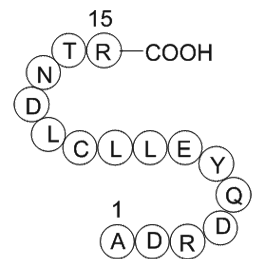
Our previous study showed that TRIM31 could target TSC1-TSC2 complex and contributed to the clinical cancer progression [6]. In this study, we showed that TRIM31 could directly target p53 for ubiquitous degradation and further mediated anoikis-resistance of HCC cells. To further clarify the role of
-
In a recent series of
2025-02-26
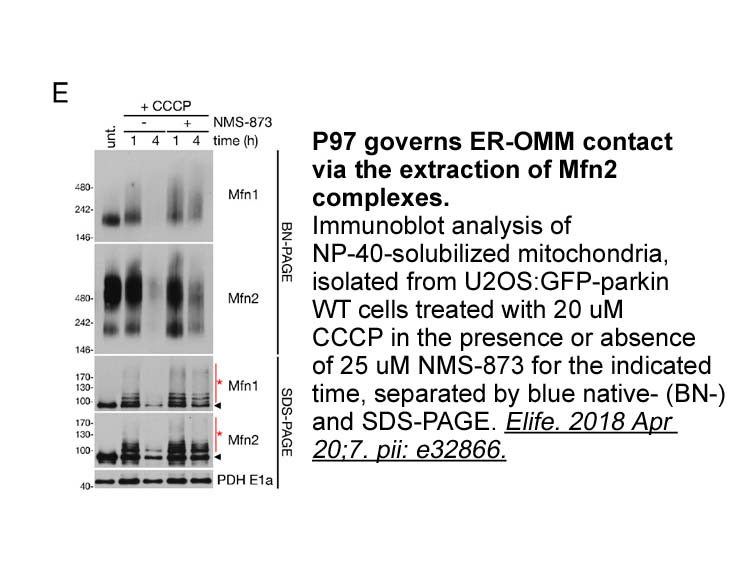
In a recent series of studies from our laboratory, to characterize the contractile systems within the rat ibuprofen solubility wall, three conditions were identified that led to detrusor activity: spontaneous micro-contractions, electrical field stimulated (EFS) contractions and muscarinic agonist
-
The AR signalling pathways play important roles in several p
2025-02-26
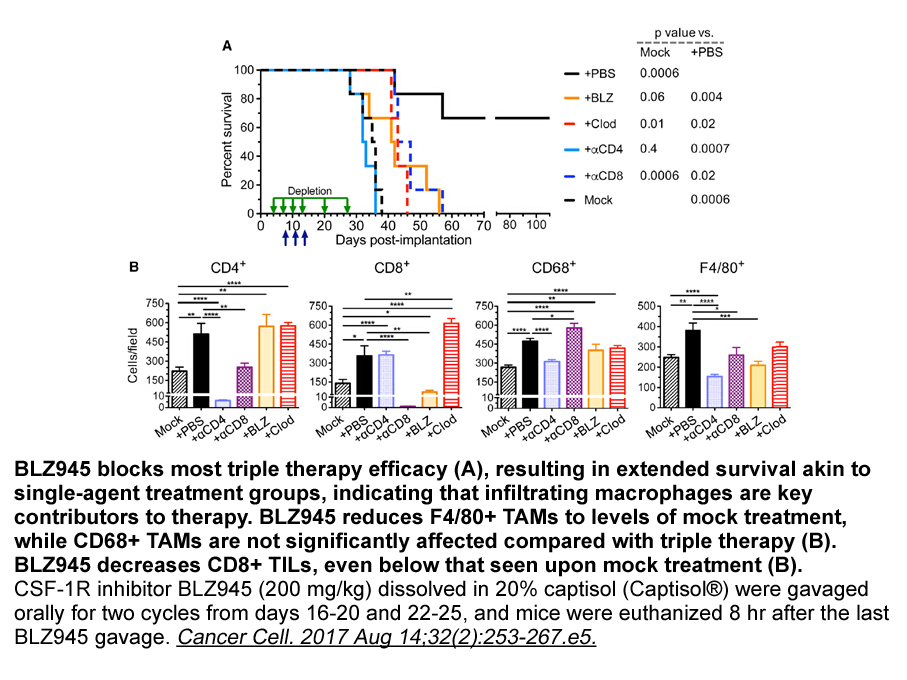
The AR signalling pathways play important roles in several physiopathological processes associated with ischaemia, inflammation, and tumourigenesis [35]. Moreover, A3AR is overexpressed in different tumour microcystin lr and seems implicated in pro- or anti-apoptotic effects [36]. In particular, ac
-
Toxicity is the main reason for the
2025-02-26
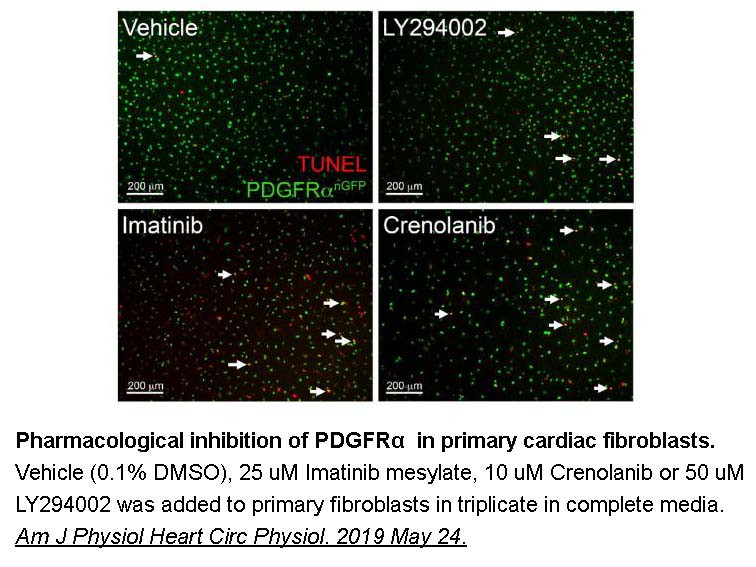
Toxicity is the main reason for the failure at all stages of the new drug development process. The major part of safety-related attrition occurs at preclinical phases while predicting preclinical safety liabilities earlier in the drug development process. This strategy enables the design and/or sele
-
Based on these findings the
2025-02-26
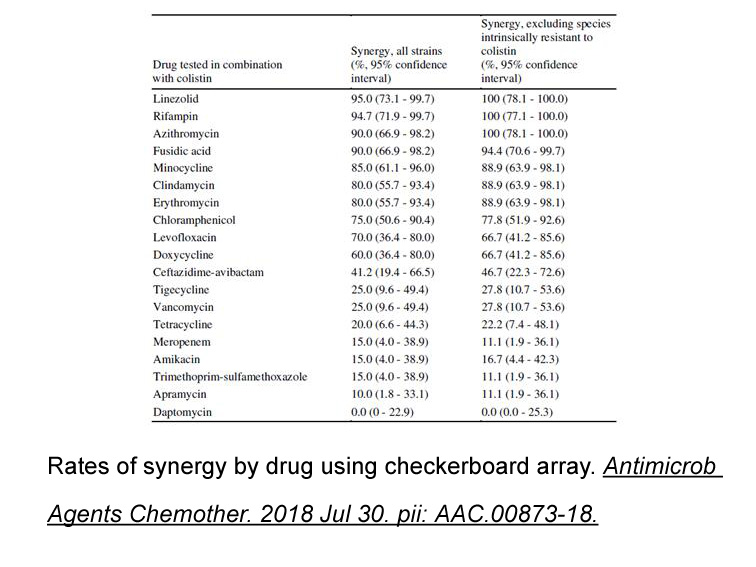
Based on these findings, the time point for manipulating autophagy may also determine its role, whereby autophagy induction performed before ischemia could play a protective role but have an opposite effect once ischemia/reperfusion has occurred. This hypothesis is further supported by the protectiv
-
Crohn s disease an inflammatory bowel
2025-02-26
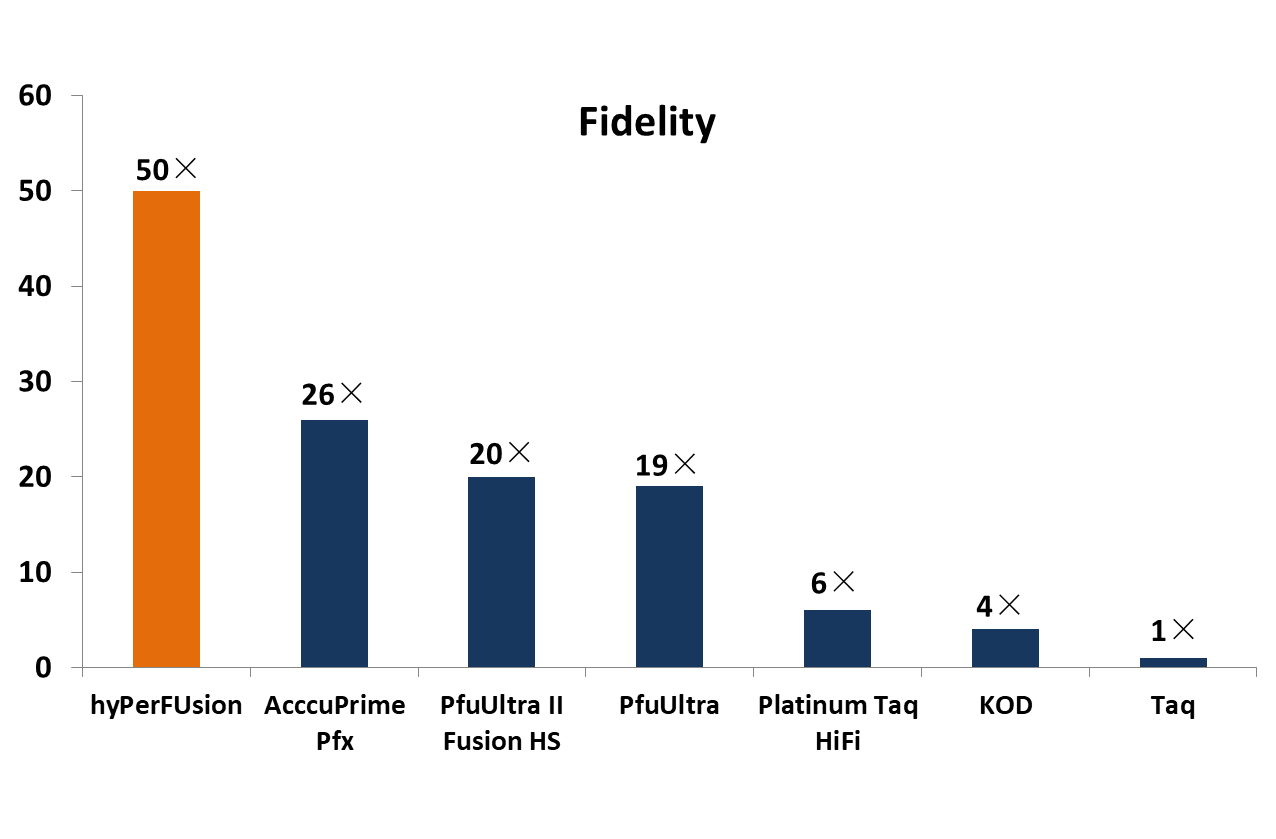
Crohn’s disease, an inflammatory bowel disease that affects the gastrointestinal (GI) tract, is characterized by a polymorphism in ULK1 autophagy gene due to the presence of single nucleotide polymorphisms (SNPs). Thus, the autophagic process is impaired during the disease. The mutations in the leuc
-
The activity of an enzyme may
2025-02-26
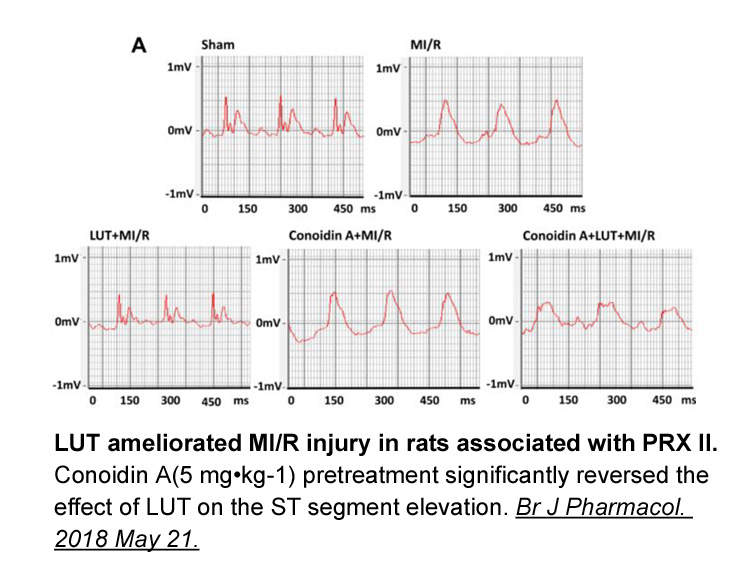
The activity of an enzyme may be regulated allosterically as well as transcriptionally. We have consistently studied REMS deprivation (REMSD) associated NA mediated allosteric regulation of Na-K ATPase activity in neurons and glia in vivo and in vitro (Amar and Mallick, 2015; Amar et al., 2016; Bask
-
Overall the expression of both
2025-02-25
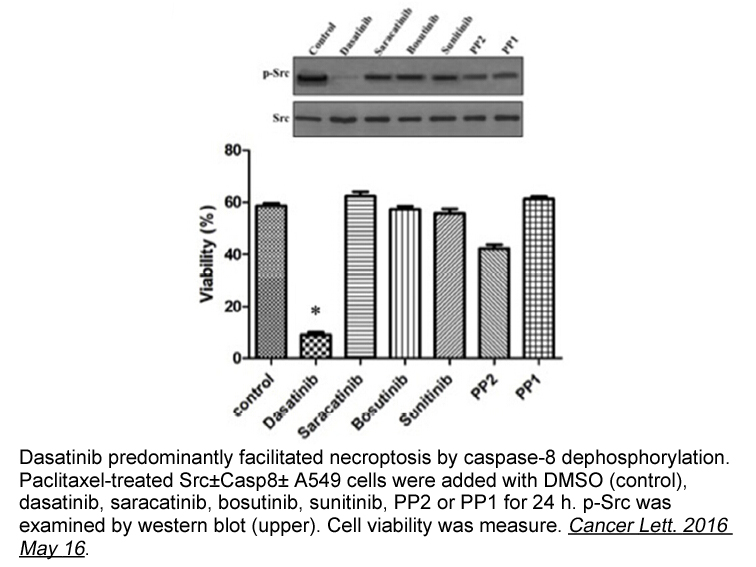
Overall, the expression of both components (ligand and receptor) of the apelin signaling system allows for analysis of the direct role of apelin in CL function, and specifically P4 production. Although the CL secretes many different hormones, P4 is of predominant importance because it is necessary f
-
Amyloid fibrils are insoluble high molecular weight non crys
2025-02-25
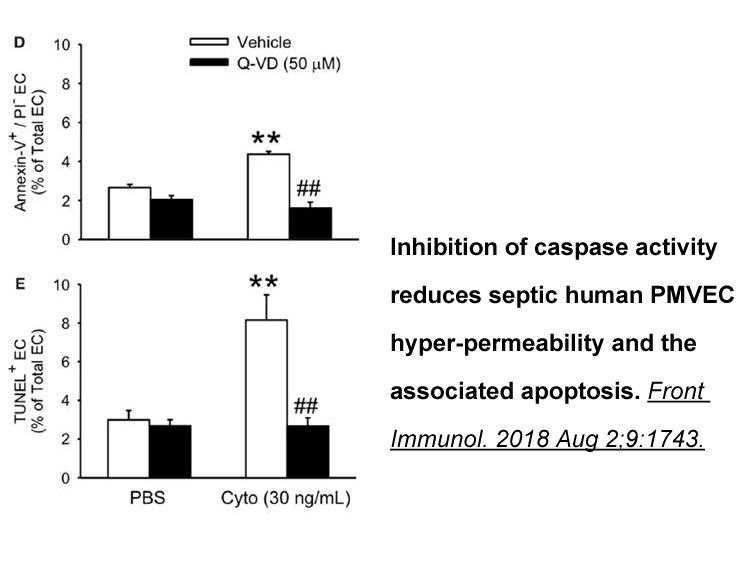
Amyloid fibrils are insoluble, high-molecular-weight, non-crystalline aggregates and traditional experimental techniques for structure determination such as X-ray and solution NMR cannot resolve their high resolution structures [64], [68]. However, amyloid fibrils exhibit various advantageous featur
-
br Concluding Remarks and Future Perspectives
2025-02-25
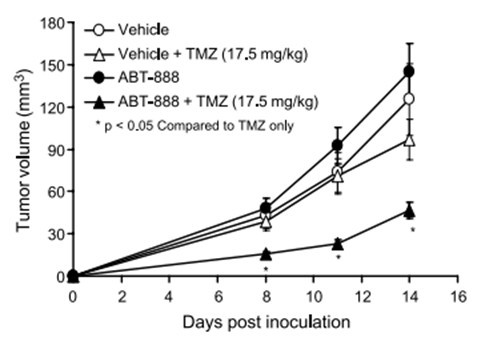
Concluding Remarks and Future Perspectives The collective evidence from studies detailing the functions of AMPK in the neuromuscular system, combined with those in DMD, SMA, and DM1 surveyed in the present review, strongly suggests that AMPK is a central mediator of neuromuscular determination, m
-
Dose Response Studies Against Puromycin Sensitive Aminopepti
2025-02-25
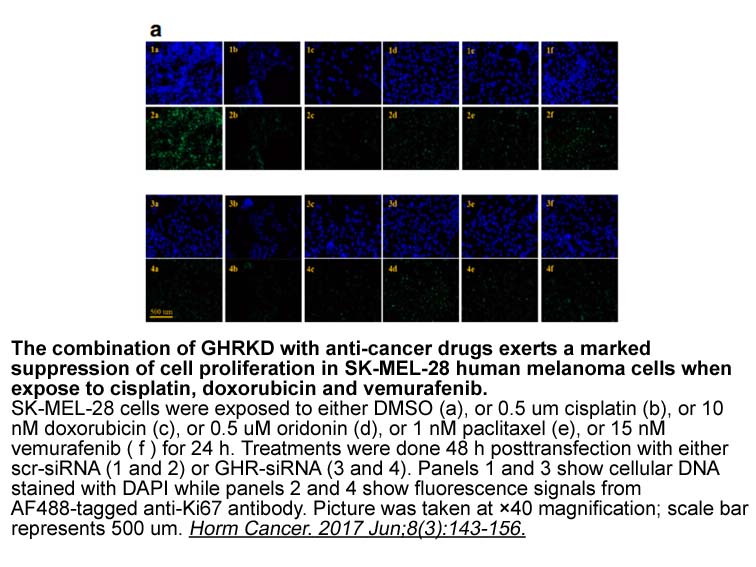
Dose–Response Studies Against Puromycin–Sensitive Aminopeptidase (PSA). PSA is a ubiquitous metallopeptidase encoded by the NPEPPS gene with subcellular distribution in the cytosol and nucleus [49]. Comprising of a 919 amino all trans retinoic acid sequence, it has a broad substrate specificity, an
-
One study has demonstrated that
2025-02-25
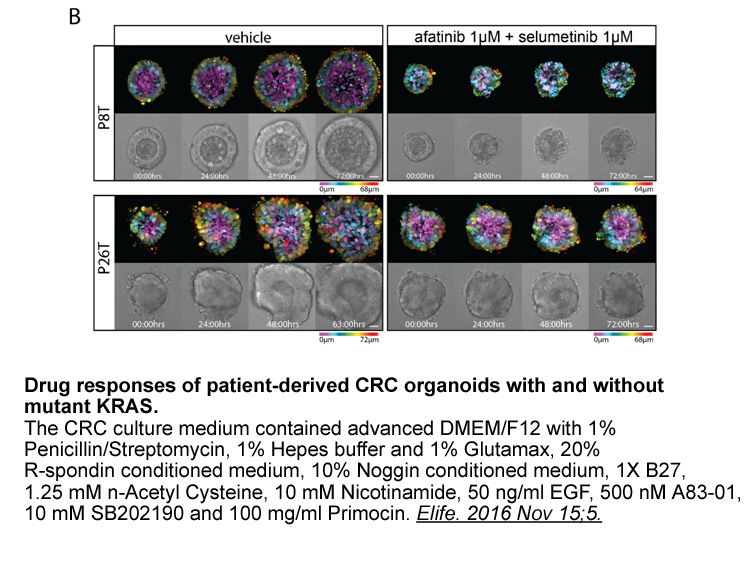
One study has demonstrated that ω-3 PUFA reduced both cholesterol and caveolin-1 (a marker of raft), thereby displacing raft-associated signaling molecules from lipid raft [36]. Additionally, DHA treatment decreased the amount of lipid raft in the cell surface and displaced several lipid raft-associ
-
exemplifies three of the compounds investigated in the selec
2025-02-24
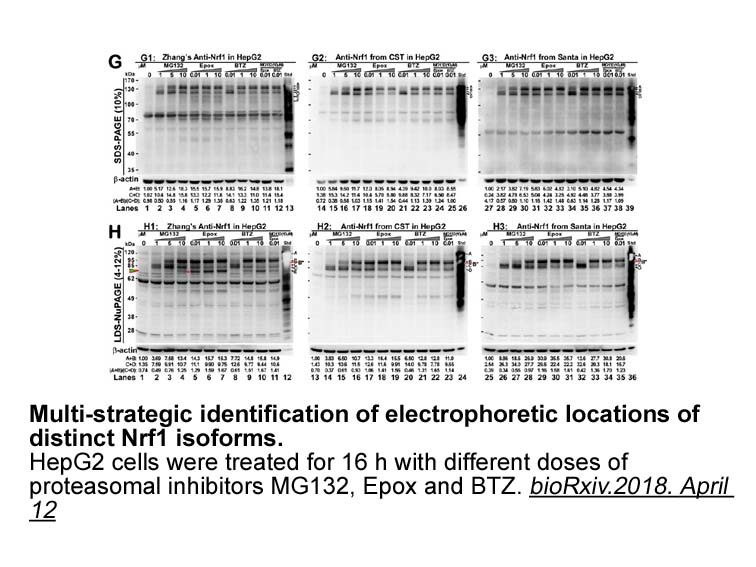
exemplifies three of the compounds investigated in the selection for a candidate drug (CD). Our first criteria was an IC Ro3306 as such did not show any genotoxicity in the SOS/umu assay, but this does not say anything about any possible genotoxicity of its metabolites or degradation products. As BL
-
Treatment of all of the GYN cancer
2025-02-24
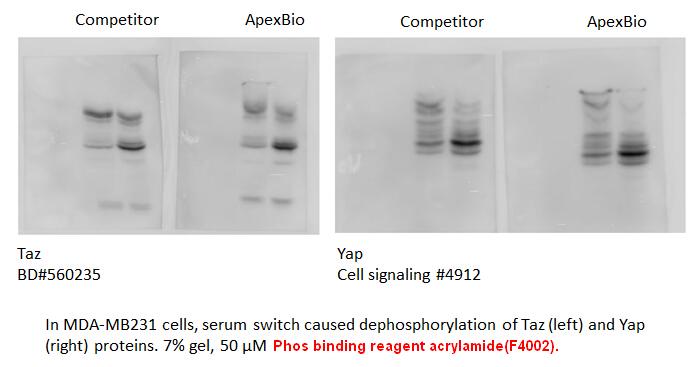
Treatment of all of the GYN cancer PHA-767491 in this study with ATRi not only reduced phosphorylation of Chk1 at Ser345 following genotoxic stress, but also phosphorylation of ATM. Loss of phospho-ATM following ATRi treatment is not likely due to non-specific targeting of ATM by ETP-46464 [28]. Whi
-
TLX may promote survival and prevent apoptosis in NB
2025-02-24

TLX may promote survival and prevent apoptosis in NB methysergide [12]. Here, we ask whether the survival-promoting effects of TLX are mediated by Apoptosis Signal-regulating Kinase-1 (ASK1, MAP3K5). ASK1 is a member of the Mitogen-Activated Protein (MAP) kinase family and it preferentially activate
16021 records 10/1069 page Previous Next First page 上5页 678910 下5页 Last page